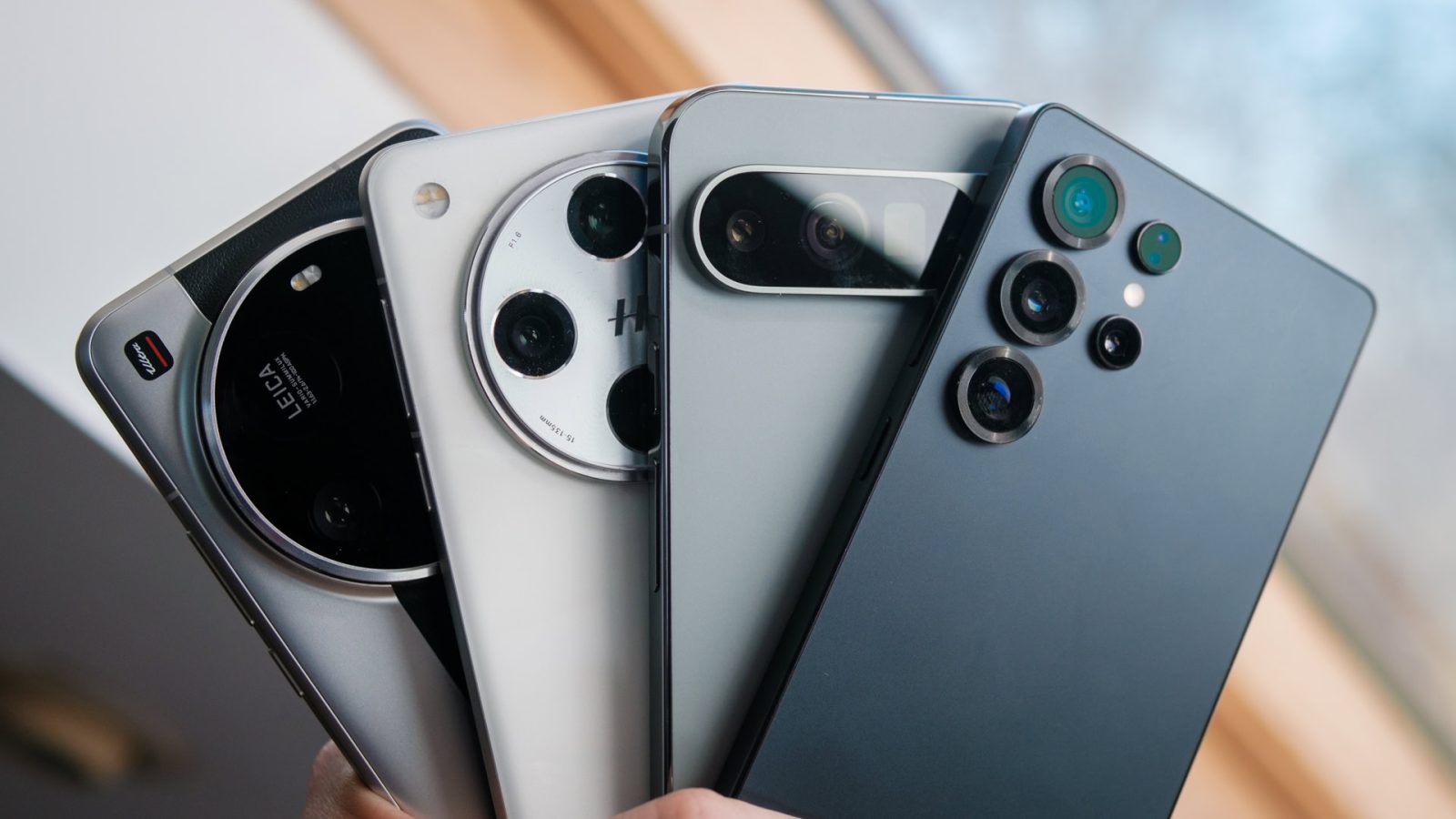
Contents
Every smartphone claims to have the best camera money can buy, but which ones actually make the cut? To help you decide, I’ve sifted my way through dozens of the best and most affordable camera phones, grading them on essential photography metrics like exposure, HDR capabilities, portrait quality, zoom capabilities, and video capture options. Whether you’re shooting friends and family or documenting a trip abroad, these are the smartphones I think you should buy.
Google Pixel 9 Pro XL: The best camera phone overall
Google Pixel 9 Pro XL
The best specs in the Pixel 9 series • Gorgeous display • Seven years of software updates
MSRP: $1,099.00
Pure XL-ence.
Google reserves its best hardware for the largest device in the line. The Google Pixel 9 Pro XL offers a 6.8-inch display, the biggest battery we’ve ever seen in a Pixel phone, and 37W wired charging. Otherwise, the Pixel 9 Pro and the Pixel 9 Pro XL share almost all other hardware and software features, giving users the option between display sizes with top hardware.
Positives
- Excellent build quality, refined design
- Stunning display
- Extensive update policy
- Sharp, powerful cameras
- Improved wired charging
- Clever Gemini features
Cons
- Tensor still runs warm
- Confusing charging situation
- Only 128GB base storage
When it comes to snapping photos of friends and family, you seldom get a second chance to reframe the moment, so reliability and point-and-shoot simplicity are key. As such, it is no surprise that the Google Pixel 9 Pro and Pro XL (the camera hardware is exactly the same) take our top spot. Whether you’re snapping wriggling toddlers or capturing the stage from the nosebleeds, I have extensively tested the Pixel 9 Pro XL and have always come away with great-looking pictures.
The Pixel 9 Pro XL is equipped with a brilliant 50 megapixel primary sensor and Google’s industry-renowned image processing capabilities, ensuring great-looking pictures no matter the lighting conditions. Paired with an ultrawide lens to fit more in and a 5x periscope camera capable of extending out to 30x zoom, Google’s flagship phone is as versatile as they come. Whether you’re after consistency and simplicity or a hardware package to get creative with, the Pixel has the tools you need.
During my time with the phone, I’ve been particularly impressed by the Pixel’s ability to capture the action. When other phones come out blurry or miss the action completely, my Pixel 9 Pro XL grabs crystal clear shots. I always miss Top Shot’s ability to pick the best-looking frame from a motion photo when testing out other smartphone cameras.
The Pixel 9 Pro XL is the most consistent smartphone camera you can buy.
Speaking of, Google’s photography prowess extends beyond camera hardware, leaning heavily on clever software and AI tricks to make your pics look their best. Astrophotography, Panorama shots, Action Pan, and Super Res Zoom are long-running staples that help you take your photography in more creative directions. Meanwhile, more unique tools like Add Me allow you to splice yourself back into the family photos you’re usually left out of, while Cinematic Blur helps videographers capture sumptuous bokeh blur.
In addition to its brilliant camera, Google’s Pixel 9 Pro XL is also a great phone. Its battery life will easily last through a busy day, its Tensor G5 processor provides responsive performance, and it has some of the industry’s most powerful AI tools. The Pixel 9 Pro XL is a great all-around pick, whether you’re a serious photographer or just looking to capture the occasional moment. Starting at $999 for the Pro model, Google’s best can also be grabbed for notably cheaper than other premium-tier camera phones, but we gave the XL the nod for its superior battery life and larger display — both of which are handy for dedicated photographers.
Xiaomi 15 Ultra: The best premium camera phone
Xiaomi 15 Ultra
Brilliant cameras • Two-day battery life • Fast universal charging
MSRP: €1,499.99
The best camera phone you can buy?
The Xiaomi 15 Ultra is an elite camera phone with incredible photography hardware and processing. It also packs rapid charging, great battery life, and is supported by up to six years of security updates.
Positives
- Brilliant cameras
- Two-day battery life
- Fast universal charging
- Solid update policy
Cons
- Snapdragon overheats under load
- Questionable AI features
- HyperOS bloatware
If money is no obstacle (and you can actually buy the handset in your country), the Xiaomi 15 Ultra is my favorite camera phone on the market. It’s not strictly always the most color-accurate, but boy, can this handset capture mood like no other phone I’ve used. In fact, it’s the only camera phone that has ever made me seriously question whether I really need my beloved Fuji mirrorless anymore.
Xiaomi has packed the best camera hardware available into this year’s flagship. The eye-catching circular rear array features a 50MP, ƒ/1.63, 1-inch sensor flanked by a 50MP, ƒ/2.2, 115° ultrawide, a 50MP, ƒ/1.8, 3x telephoto (70mm), and a colossal 200MP, ƒ/2.6, 4.3x periscope zoom (100mm) that offers deceptively long-range capabilities. In fact, I tested the phone against our best all-around camera picks and found the 15 Ultra to be by far the best at long-range photography. Videographers will also love the phone’s 4K/60fps and 8K/30fps capabilities on all four lenses, as well as the 120fps option for the primary and 4.3x lenses.
The Xiaomi 15 Ultra makes me seriously question if I need a mirrorless camera.
However, two aspects really make the 15 Ultra stand out in my eyes. First, its sumptuous colors. Xiaomi provides three color profiles as a base and many more filters to apply on top, making it easy to find a unique profile to call your own. The second is that 3x telephoto lens; its 70mm focal length is brilliant for natural-looking portraits, while the large sensor and wide aperture make this a brilliant lens for framing shots that look and feel much like shooting with a “proper” camera than the overly broad field of fiew from most phone’s primary lens.
If I have one reservation about the phone, besides its sky-high price, it’s the rather mediocre AI features that Xiaomi has crammed into the phone to make it seem like a cutting-edge software player. But if you can look past that guff and focus on the camera experience, the Xiaomi 15 Ultra can’t be beat for image quality.
Google Pixel 9a: The best value camera phone
Google Pixel 9a
Built-in Gemini • Incredible camera • All-day battery
MSRP: $499.00
All the Pixel essentials for less.
The Google Pixel 9a brings built-in Gemini, an incredible camera, all-day battery, and seven years of updates for under $500.
Positives
- Solid, reliable cameras
- Excellent update commitment
- Clever AI-powered features
- Great battery life
- New, streamlined design
- Excellent price
Cons
- Relatively slow charging
- Aging Gorilla Glass 3 (again)
- Missing Pixel Screenshots
Point-and-shoot consistency paired with intuitive yet comprehensive software tools makes it easy to recommend the Google Pixel 9a as the best camera phone to buy on a tighter budget. It might not have all the bells and whistles of its flagship siblings, but you’ll be hard pressed to tell the difference between Google’s two tiers most of the time.
Google upgraded the Pixel 9a with a new 48MP primary camera with a wider ƒ/1.7 aperture. This new setup captures superb levels of detail and color, even in tricky lighting. The main lens also sports a new macro mode that produces eye-catching close-ups and handles 2x zoom without issue. It’s a pretty versatile package. The lack of longer-range zoom and so-so ultrawide capabilities are the only real hardware drawbacks, but those are perfectly acceptable trade-offs when the primary camera looks this good for this price.
The Pixel 9a proves that flagship-consistency doesn’t have to cost a fortune.
Many of the same software benefits I mentioned for the Pixel 9 Pro also apply to the budget-friendly Pixel 9a. The rebuilt panorama feature, Add Me, and Long Exposure all make the cut, giving creative photographers plenty to play with. 4K60 and 1080p at 120fps video support means you can also capture high-quality clips without spending a fortune.
Besides great-looking photos, the Pixel 9a has a lot else going for it. It’s powered by a last-gen flagship processor — Google’s Tensor G4 — and has superb battery life. Oh, and it’ll receive the same seven years of updates as Google’s Pro phones despite its affordable $499 price tag. There’s a lot to love here, but especially the pictures.
vivo X200 Pro: The best zoom camera
vivo X200 Pro
Great real-world performance • Good battery life • Telephoto camera is fantastic
MSRP: ₹1,119.00
Picture perfect?
The vivo X200 Pro is one of the best camera phones of the year, thanks to its excellent telephoto camera and a wide variety of photo/video features. It also packs a durable design, good battery life, great screen, and flagship-tier performance.
Positives
- Great real-world performance
- Good battery life
- Telephoto camera is fantastic
- Improved video quality
- IP68/IP69 design
- Relatively fast wired and wireless charging
Cons
- Main camera has excess glare
- Plenty of bloatware
- Lags behind Samsung and Google for updates
- Few on-device AI features
- Throttles hard under extreme load
Many phones already mentioned in this list can take great-looking pictures at a distance, but if you’re after the absolute best, then the vivo X200 Pro (or the fancy Ultra) is the phone to grab. Boasting an f/2.3, 85mm periscope lens backed by a colossal 200MP 1/1.4-inch sensor, the handset captures impressive details at its native 3.7x optical zoom and crops in for much tighter frames without losing detail. We’ve been impressed with the phone’s results right out to 10x, but it can also take super-close-up macro photos from the same lens.
If you’re really into wildlife-distance photography, vivo also sells a 200mm, f/2.3 extension lens for the Ultra’s impressive main camera. Paired with a hybrid digital zoom, it can take pictures all the way out to 1,600mm. That’s a huge distance, although the quality doesn’t quite hold up that brilliantly at that range. Sadly, this accessory, just like the phone, is only available in China. Thankfully, you can grab the Pro model in some markets outside of China.
vivo is making a name for itself with unbelievable long-range photography.
The rest of vivo’s X200 Pro package is pretty great too. A huge battery, fast charging, and a powerhouse MediaTek Dimensity 9400 processor make for an extremely capable flagship. The phone’s biggest drawback is its lack of long-term updates, so you might be better off sticking to one of the big Western brands if you plan to keep taking long-range photos for years to come.

Hadlee Simons / Android Authority
OnePlus 13: The best phone for selfies
OnePlus 13
Gorgeous design • Clever AI features • Flexible cameras
MSRP: $899.99
The OG flagship killer’s killer flagship.
The OnePlus 13 is the company’s most killer flagship to date, offering a massive battery, speedy charging, and powerful cameras that give Google and Samsung something to worry about.
Positives
- Gorgeous design
- Incredible camera zoom and overall photography
- Helpful AI integration
- Excellent charging options
- Simplified Oxygen OS experience
- Great performance
Cons
- Magnetic charging requires accessories
- Fewer updates than Samsung or Google
When I tested the best phones for portrait photography, OPPO’s Find X8 Pro performed brilliantly for selfies, producing natural skin tones and great details across lighting conditions. That’s everything you want from a great front-facing camera. However, I’d actually recommend that selfie-lovers buy the OnePlus 13 instead. Why? Well, it’s a little less expensive, which is always a plus, and has the same selfie camera and capabilities as the OPPO. OnePlus is essentially its sister brand, after all.
What makes the OnePlus 13 particularly well suited for selfies is its excellent HDR capabilities, so you won’t look washed out even when shooting into bright light. Its low-light performance is also robust, and the phone offers sumptuous portrait lighting and blur options to make your photos look their best.
The OnePlus 13 takes great selfies no matter the lighting.
As a broader photography package, the OnePlus 13 also has a lot going for it. Surprisingly brilliant long-range zoom capabilities, stunning portraits, and robust video recording capabilities almost made this our best overall pick. Its new shooting modes excel in tricky lighting conditions, and it boasts impressive zoom capabilities for a seemingly humble 3x telephoto lens. Oh, and it’s a lickety quick when it comes to performance and charging, too.
After years of shaky photography, the OnePlus 13 nails a superb triple camera setup at a price that undercuts the competition. Don’t let the price fool you, this phone can take the fight to any camera phone on this list.
Apple iPhone 16 Pro: The best phone for video
Apple iPhone 16 Pro
Excellent hardware • Flexible cameras • Solid software support
MSRP: $999.00
The best of the iPhone 16 series, in a compact form factor.
The iPhone 16 Pro offers a sleek 6.3-inch display with ultra-slim bezels for a refined, modern design. It features an upgraded 48MP ultrawide camera, 5x optical zoom on the telephoto lens, and a new touch-sensitive shutter button for a DSLR-like photography experience. Powered by a faster chip optimized for AI, the iPhone 16 Pro delivers top-tier performance in striking colors like gold titanium.
Positives
- Great size
- Excellent hardware
- Flexible cameras
- Solid software support
- Durable build quality
- Some helpful iOS 18 improvements
Cons
- Slow wired charging
- Mediocre battery life
- No Apple Intelligence until long after launch
When you want to capture stunning-looking video, Apple’s iPhone 16 Pro (or the larger Pro Max) is the best choice on the market right now. Powered by a 48MP primary camera with sensor-shift OIS and a 12MP 120mm, 5x optical periscope zoom camera with the same robust stabilization hardware, you don’t need to worry about shaky-handcam footage even when you’re cropping in on a fast-moving subject.
Granted, the latest iPhones don’t record in 8K like some top-tier Android rivals, but resolution is far from everything. 4K 120fps is more than most will ever need, even for fast-paced action. Furthermore, Apple’s unique combination of robust stabilization, cinematic-quality processing, and impressive low-light capture is what really makes the Pro stand out from the crowd as a brilliant pick for videographers.
High quality footable and professional file formats make the iPhone a top choice for video.
For the really serious content creator, the latest iPhone can record high-res RAW video footage straight to external storage via USB-C. Paired with 10-bit Pro Res video, log file recording, and cinematic modes, you’ve got all the makings of professional-looking footage in the palm of your hand.
Honorable mentions
Samsung Galaxy S25 Ultra
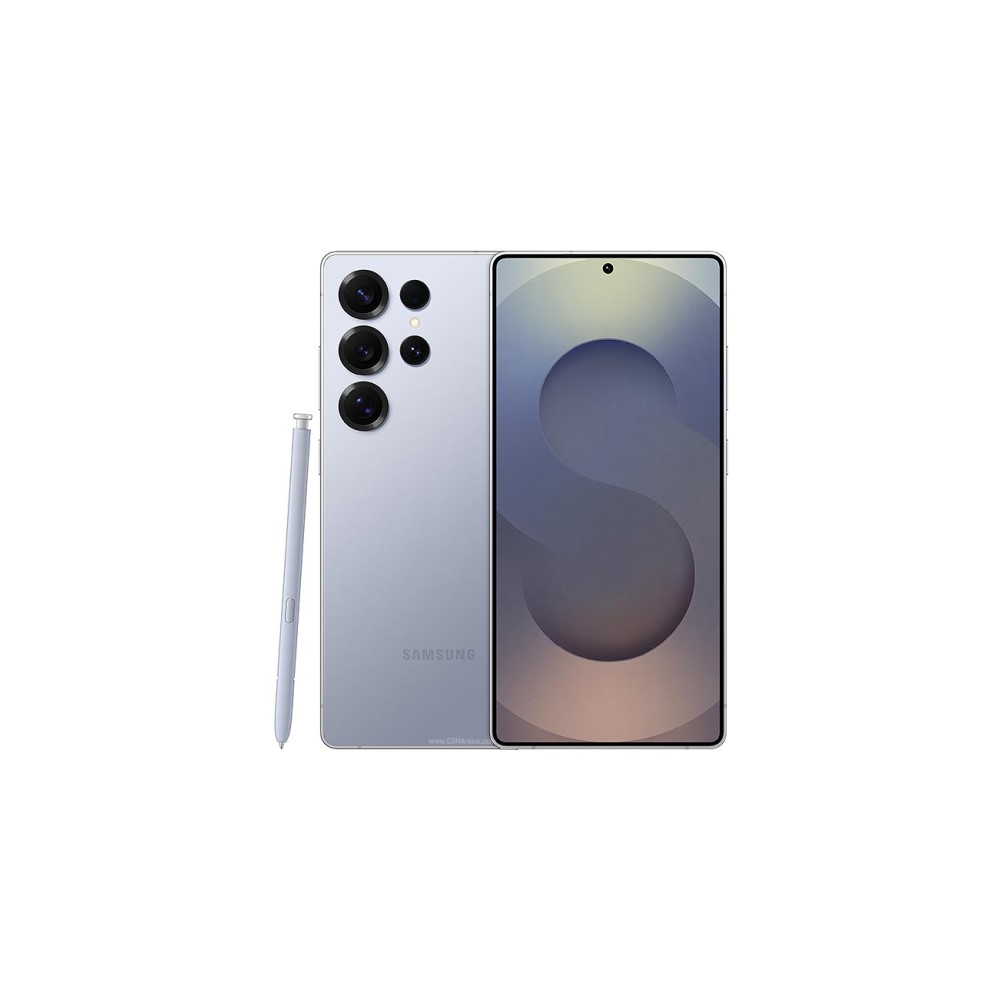

Samsung Galaxy S25 Ultra
100x zoom • Big battery • 7 years software support
Samsung’s best for 2025
Simply put, this is Samsung’s very best phone for 2025. The Samsung Galaxy S25 Ultra is a 6.9-inch QHD+ device with 12GB of RAM, 256GB+ of storage, embedded S Pen, and the overclocked Snapdragon 8 Elite SoC. The key upgrade over the lower S25 models is a 200MP main camera and 100x Space Zoom.
We can’t mention camera versatility without the Samsung Galaxy S25 Ultra. It’s not the absolute best like previous generations have been, but whether you’re shooting portraits, landscapes, or something far off in the distance, the Galaxy S25 Ultra has the lenses and quality to capture pictures you won’t be disappointed in.
Sony Xperia 1 VII

Sony Xperia 1 VII
High-res audio capture • Top-tier specs • AI camera assist
Now with Walkman DNA and AI camera tools
The Sony Xperia 1 VII focuses media capture, including Walkman DNA with integrated high-quality audio components, and powerful AI tools to help capture the best possible images and video. A 5,000mAh battery promises two-day battery life running the Snapdragon 8 Elite chipset, 12GB of RAM, 256GB of storage, a 6.5-inch FHD+ display, and a 52MP camera.
If you’re looking to make video content with an Android phone, Sony’s new Xperia 1 VII will be right up your street. With powerful hardware backed by Sony’s Pro Video software, packed with metering, temperature, white balance, audio, and other controls that professionals will love. Oh, and it’s bundled with live streaming options too.
OPPO Find X8 Pro


OPPO Find X8 Pro
Flagship power • Dual zoom • Big battery
OPPO’s premium Find X series returns to global markets
The Find X8 Pro brings a ton of power, dual periscope cameras, a huge battery, and premium features like a camera key, IP69 rating, and wireless charging.
Another of China’s finest, the OPPO Find X8 Ultra is a hardware powerhouse. It has a one-inch primary sensor, huge 3x and 6x zoom sensors, and an ultrawide combination that only Xiaomi can rival. Sadly, it’s a China-only affair, but many regions can get their hands on the similarly brilliant OPPO Find X8 Pro, which costs a little bit less as well.
Nothing Phone 3a Pro


Nothing Phone 3a Pro
Triple camera setup with dedicated zoom • Fast wired charging • Eye-catching design
Flagship camera zoom, budget price.
The Nothing Phone 3a Pro is a powerful budget phone with a triple camera setup that includes a periscope lens with 3x optical zoom.
It was an incredibly close call between the Pixel 9a and the Phone 3a Pro for our best value pick, but the latter’s shaky US carrier availability is an issue. Still, the 3a Pro offers additional camera flexibility over the 9a, thanks to its dedicated 3x 50MP telephoto camera. Paired with a 50MP primary sensor, it’s a versatile package that performs well in low light at longer distances. Overall, it’s a pretty great camera setup for such an affordable phone.
Samsung Galaxy S24 FE

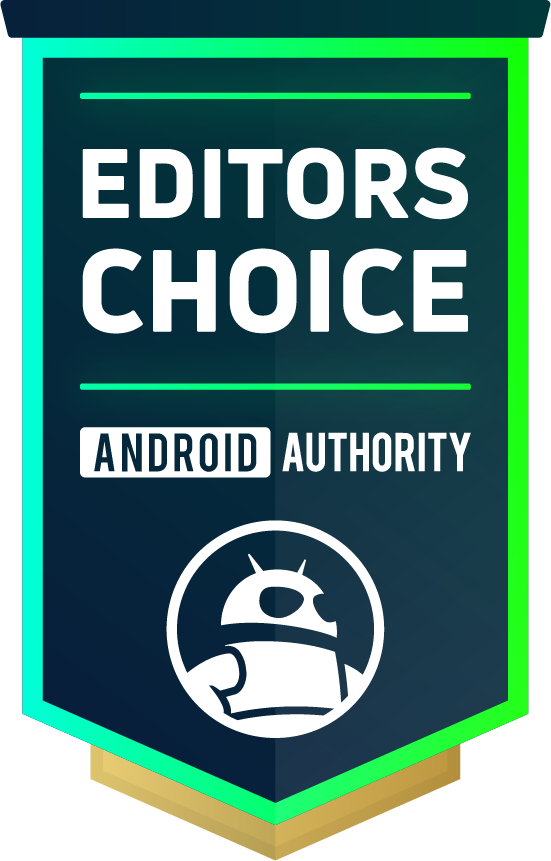
Samsung Galaxy S24 FE
Flexible cameras for the price • Class-leading update commitment • Great value
A phone that fans and Galaxy newcomers will love.
The Galaxy S24 FE is a Samsung flagship in all but name. It delivers the right mix of performance, Galaxy AI smarts, camera flexibility, and overall durability while keeping the cost pegged right at $650, and with an update promise that matches the Android elite.
It’s not quite as affordable as the other value-centric options on our list, but the Galaxy S24 FE has a versatile triple camera setup that really isn’t far from the superb quality of a flagship phone. It’s a bargain that makes you wonder if you really need to spring for the Galaxy S25.
Google Pixel 9 Pro


Google Pixel 9 Pro
Impressive AI-powered features • Excellent build quality • Flexible, capable cameras • Reliable update commitment
All Pro, in a compact package.
The Google Pixel 9 Pro is the Pixel device many have been begging for for a long time: Google’s very best smartphone hardware and software features, in a more compact form factor. With identical dimensions to the regular Pixel 9, it retains the same great specs as the much larger XL model, plus 16GB of RAM, up to 1TB of internal storage, and the Tensor G4 chipset.
Another brilliant camera package that won’t absolutely break the bank; the Google Pixel 9 Pro‘s camera suite mirrors the XL model, including the 5x periscope lens. It takes great pictures at its optical focal length and performs admirably at 10x and even a tad beyond. Want the overall best but in a smaller form factor? The Pixel 9 Pro is your pick.
What to look for in a good camera phone

Robert Triggs / Android Authority
As you can probably tell from this best list, there’s a huge range of smartphone camera hardware on the market. Picking the right combination for you really boils down to the type of pictures you’re trying to capture on a regular basis.
If you love landscapes, find a camera with a great ultrawide lens. If you’re more of a people person, a phone with a portrait-friendly focal length is the way to go. But don’t fret about the megapixel or lens count; finding the best camera is more about nailing the fundamentals within your set budget than having the absolute latest and greatest of everything.
Consistency is key when it comes to picking a camera phone suitable for any occasion.
No matter what your preference, I have some essential camera purchasing tips that I recommend for absolutely everyone:
- Sensor size over megapixels: Megapixels are good for cropping in on detail, but you only need 12MP to print most pictures on a good-sized canvas. Instead, the size of the phone’s image sensor is likely to be a far bigger factor in terms of image quality. Bigger sensors capture more light, which results in better dynamic range and less noise in low light. While a 1-inch sensor might be top of the line, 1/1.4 or above is considered very good.
- Three cameras for versatility: If you’re looking for a phone capable of taking the perfect picture in any scenario, you’ll want more than a single camera. Wide, ultrawide, and telephoto zoom combinations are very popular on high-end models, allowing you to capture broad landscapes or zoom right in on distant details. Some ultra-premium models include periscope cameras as well, allowing for even longer-range zoom.
- Optical zoom over digital zoom: Brands love to tout long-range zoom credentials like 30x or 100x capabilities, but these are always digital zoom and look, frankly, rubbish. Instead, eyeball the phone’s optical zoom capabilities (usually 3x, 5x, or 10x) and double that for a realistic maximum zoom distance with reasonable quality.
- Don’t bother with macro lenses: Keen to capitalize on the multi-camera trend, some affordable phones include additional cameras that aren’t all that useful. The macro lens is a popular option, but it often comes with horrendously reduced specs, such as a tiny aperture and low resolution. Just ask yourself, how regularly are you really going to point your phone super-close up at anything?
- A 50-70mm lens for portraits: If you’re planning to take lots of pictures of friends, family, and pets, you’ll want a phone with a good telephoto camera with a focal length in the region of 50-80mm. Why? Well, a lens of that focal length does two important things: it captures realistic face shapes that aren’t too narrow or too wide and adds natural bokeh that makes your subject stand out from the background.
- Selfie cameras that aren’t too wide: I know we all want to fit our friends and family, but any camera (front or back) boasting a sub-22mm focal length or greater than 120-degree field of view will look warped and horrible. Trust me, pick something a little narrower and your photos will look better.
Why you should trust me
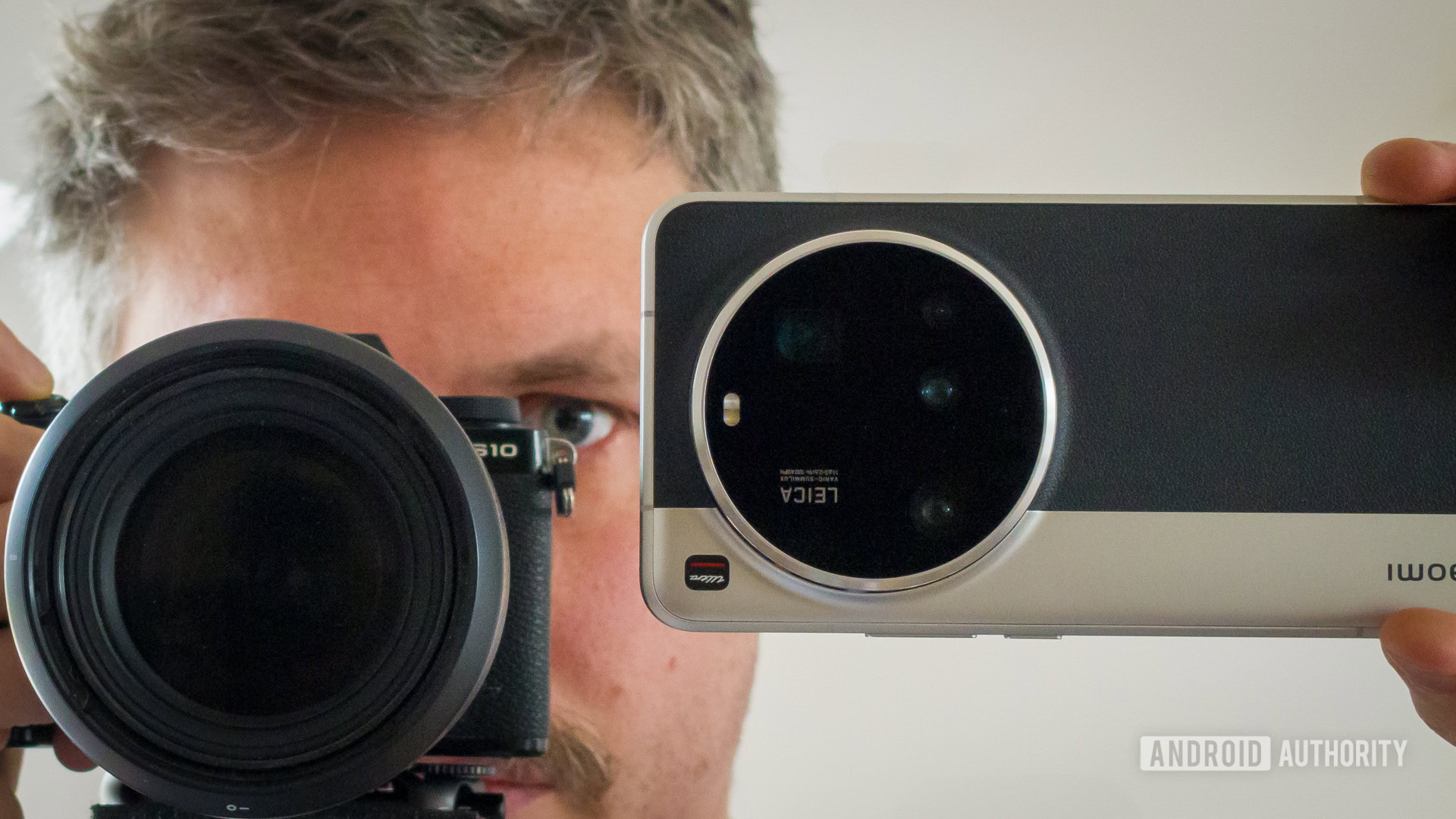
Robert Triggs / Android Authority
I love photography. I’ve been professionally testing smartphone cameras for years, having reviewed my way through the transition from the humble single camera to the triple and quadruple behemoths found on today’s top-of-the-line flagships. I’m attached at the hip to my Fuji mirrorless and constantly striving to find a smartphone camera that can close the quality gap. Equally, I can chat your ear off about the pros and cons of quad-bayer filters and why aperture isn’t everything when it comes to long-range zoom.
From the very best camera flagships to budget-friendly models, I’ve shot with everything.
So, let’s just say I know what goes into making a good photo, both the hardware and the software. But picking out the right phone when you have to compromise on budgets and size is difficult. I make my judgment calls by first sifting through the huge range of options on the market, digging through their specs and features to find combinations that look top-tier across various price points.
Then, I dive into the massive range of snaps from our review time with these models, sorting out the good pictures from the bad across ultrawide, portrait, low light, selfie, and various other shooting scenarios. You’ll probably have spotted numerous camera shootouts I’ve conducted for the site, where I pit phones side by side to see which comes out on top when taking photos of exactly the same subjects.
The final piece of the puzzle is to look at the camera strengths (and weaknesses), the price, and the bigger smartphone picture, and decide which phones will best serve your needs.
What do you look for in the best camera phones?
0 votes
Smartphone camera technology continues to push the boundaries of what’s possible in a pocketable form factor. As such, I carefully reevaluate our recommended picks every few months, taking into account what the latest and greatest innovations and weighing them against the broader market and what’s actually a sensible sweet spot to spend your money on.
What’s your reaction?
Love0
Sad0
Happy0
Sleepy0
Angry0
Dead0
Wink0
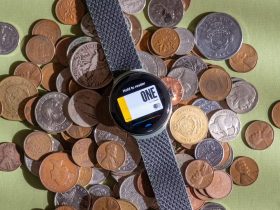


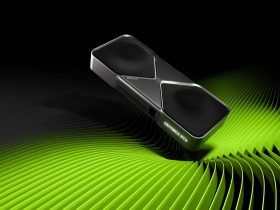


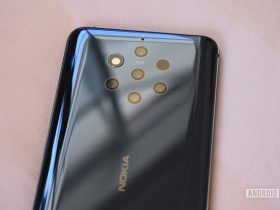
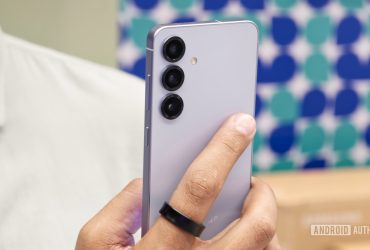
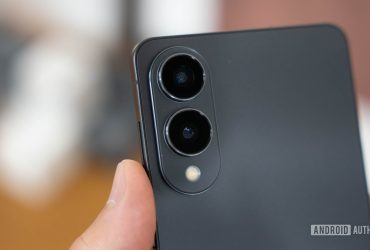
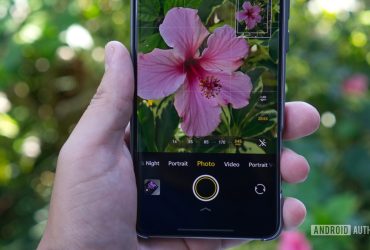
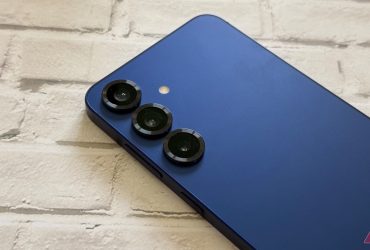
Leave a Reply
View Comments